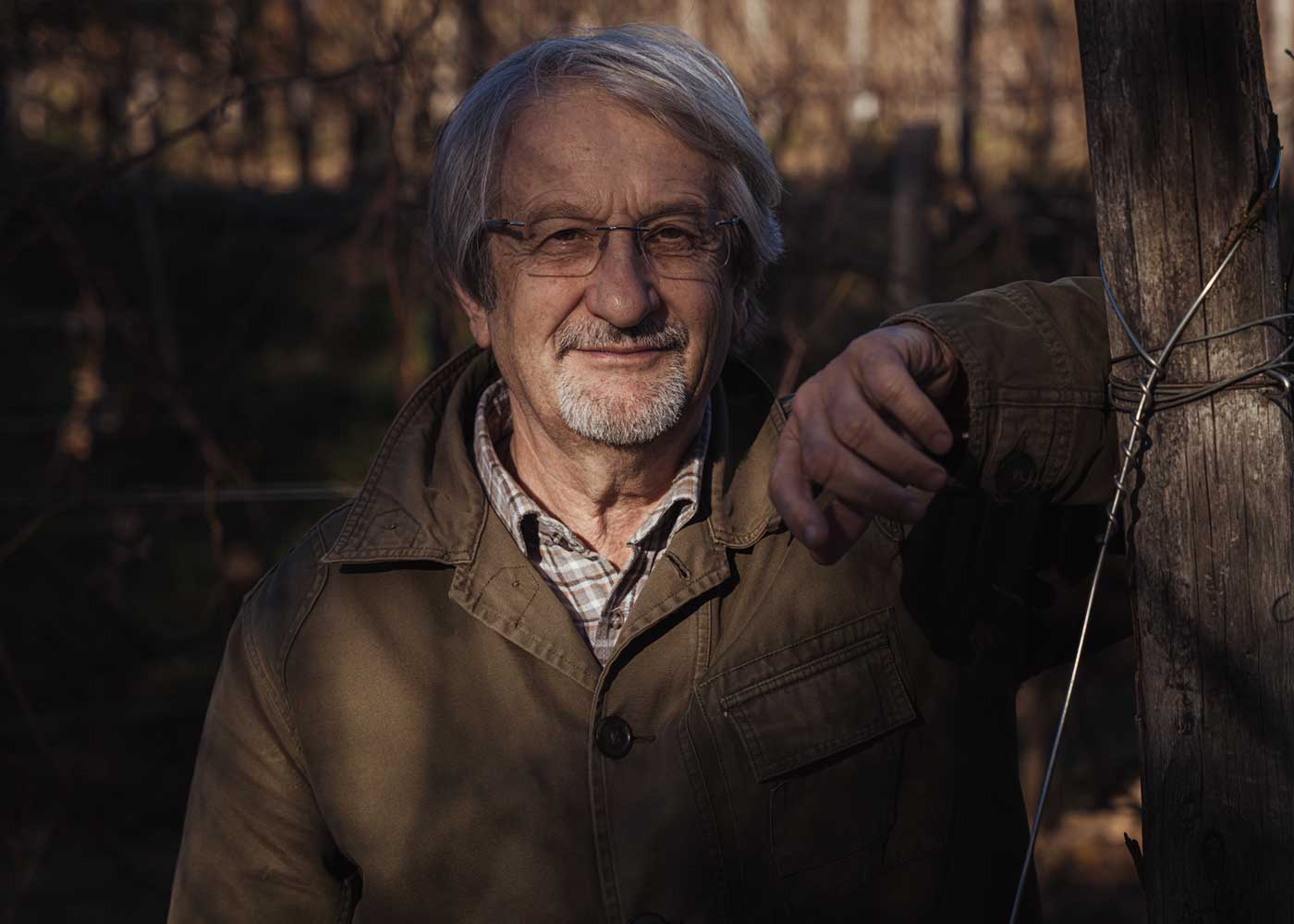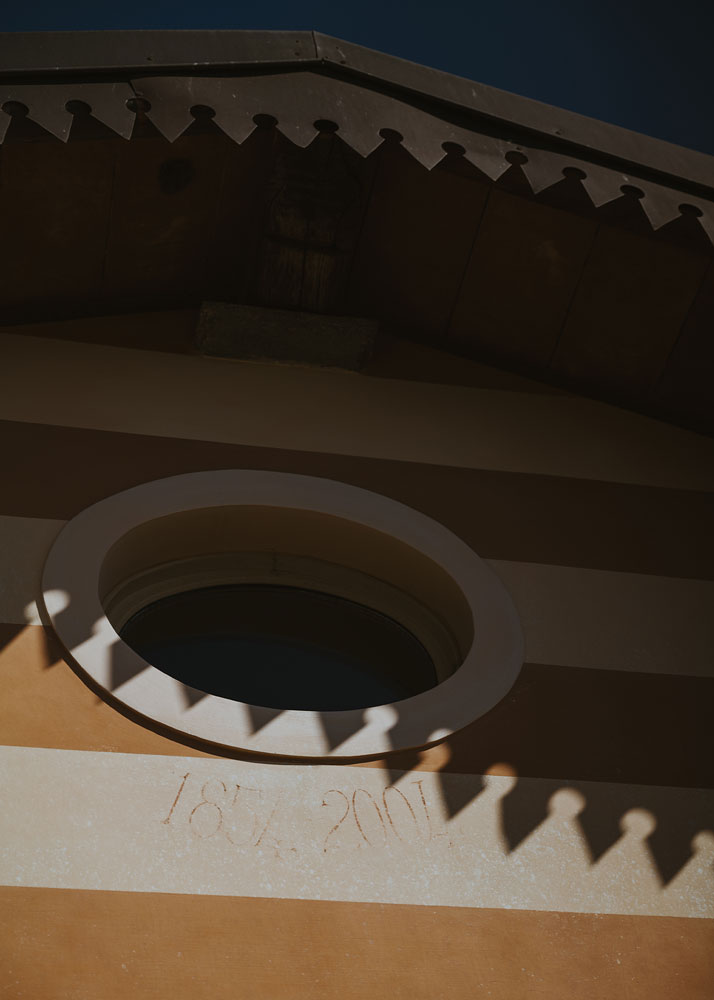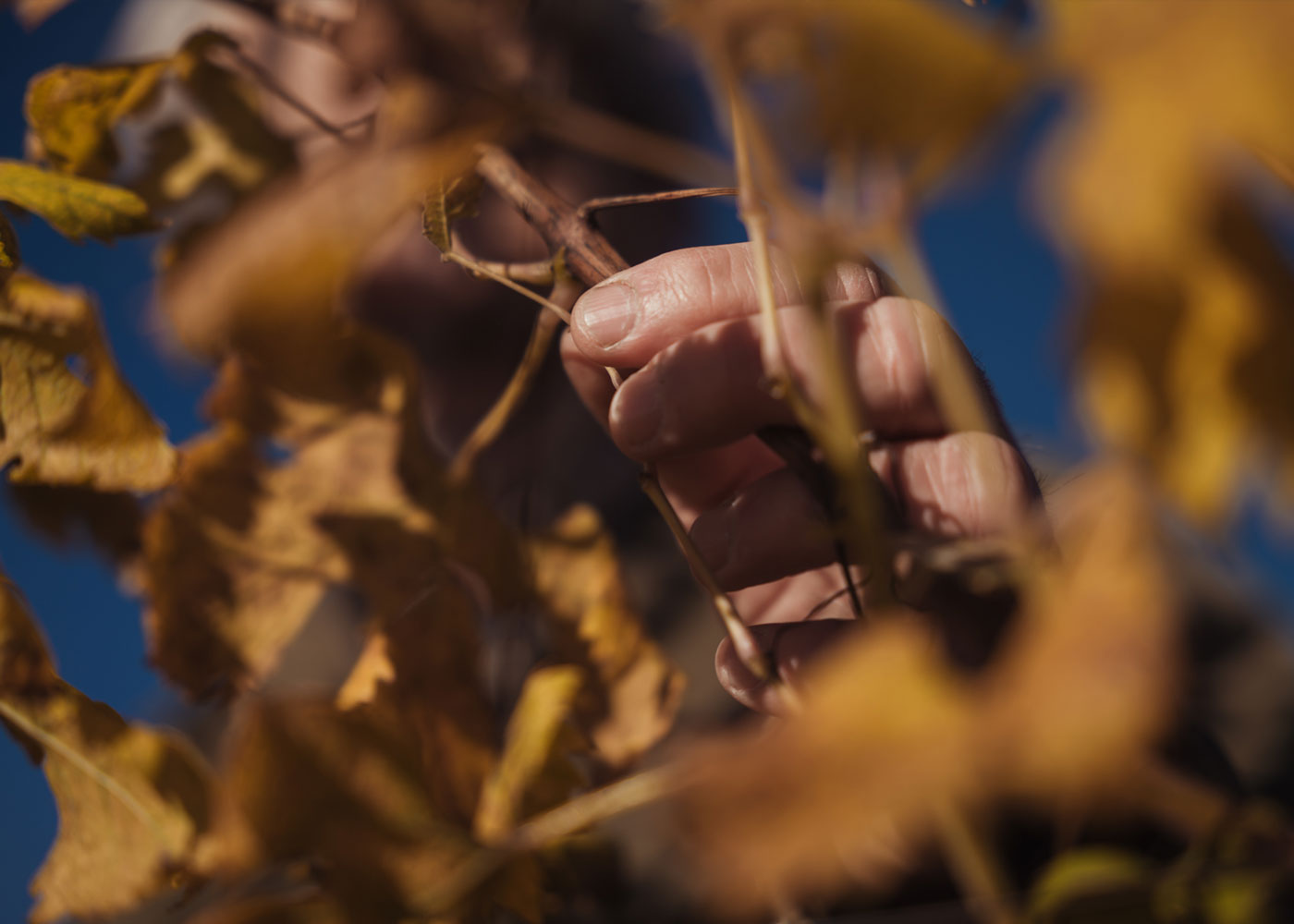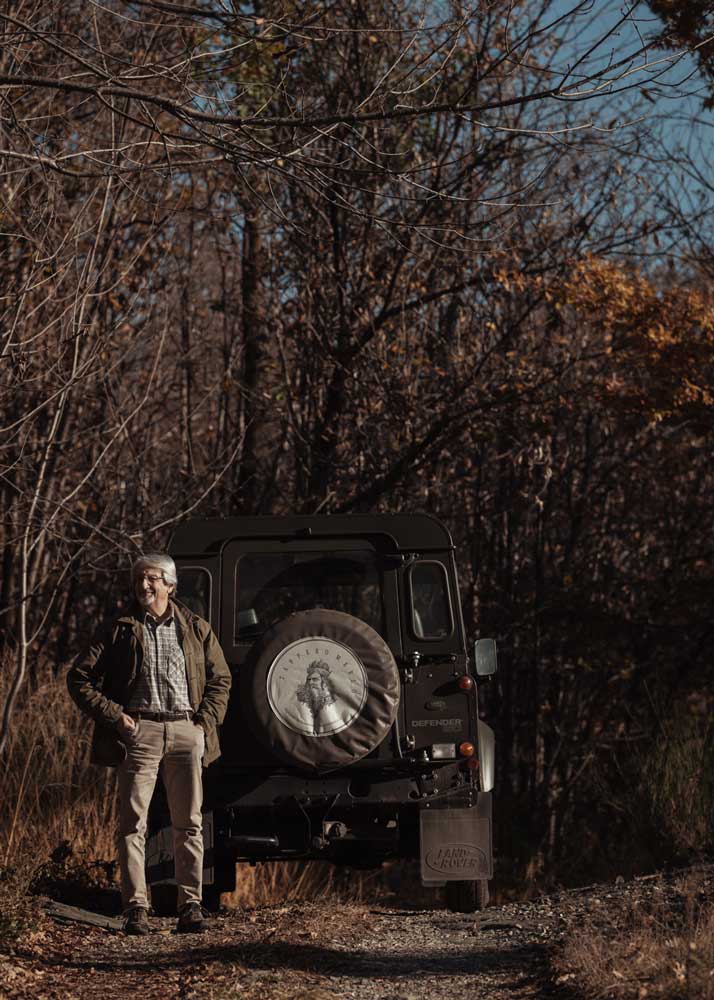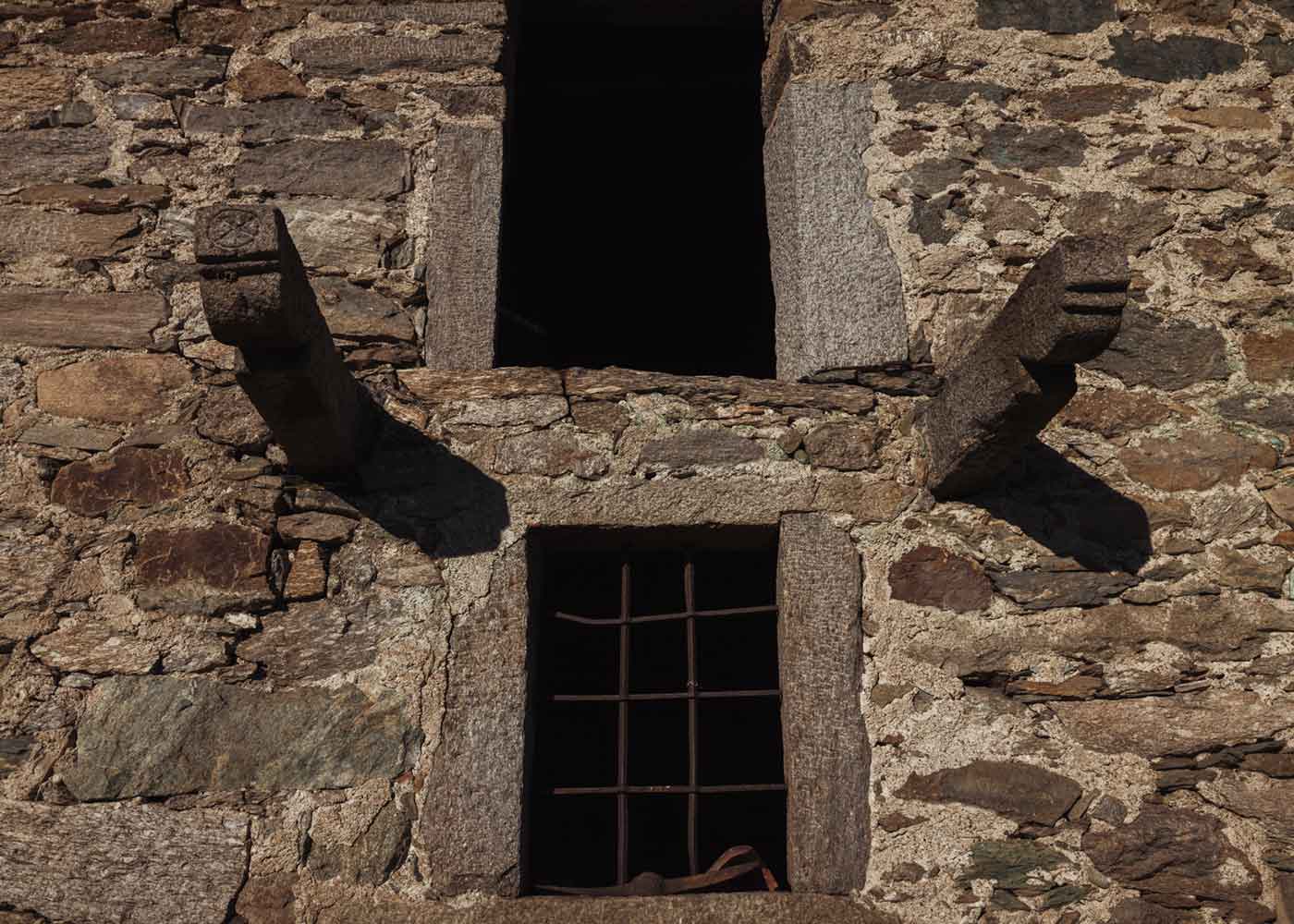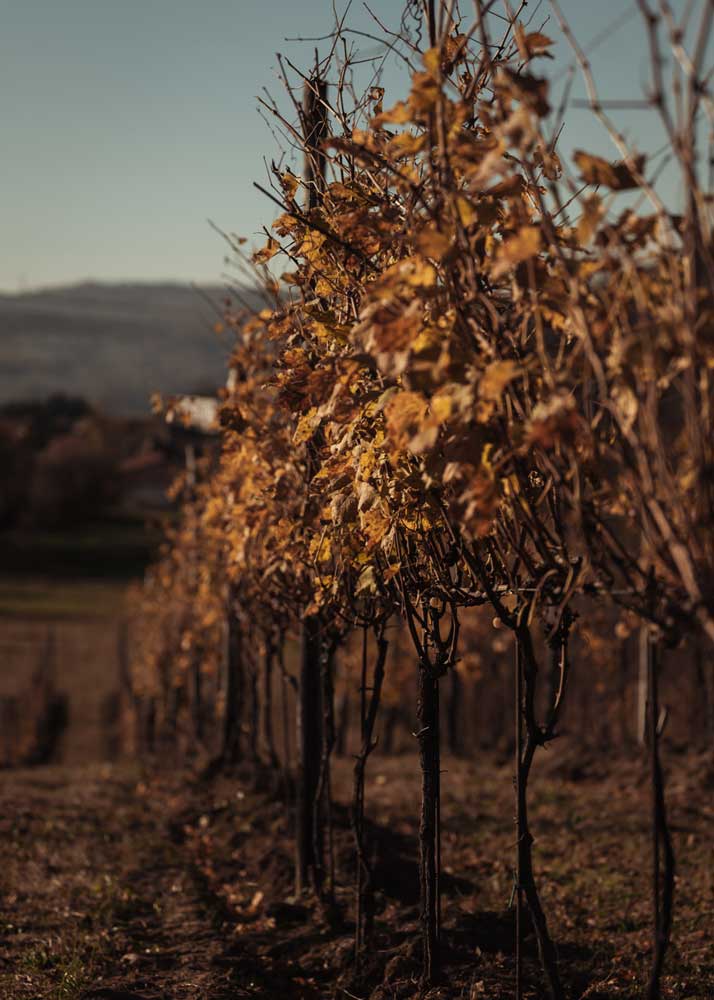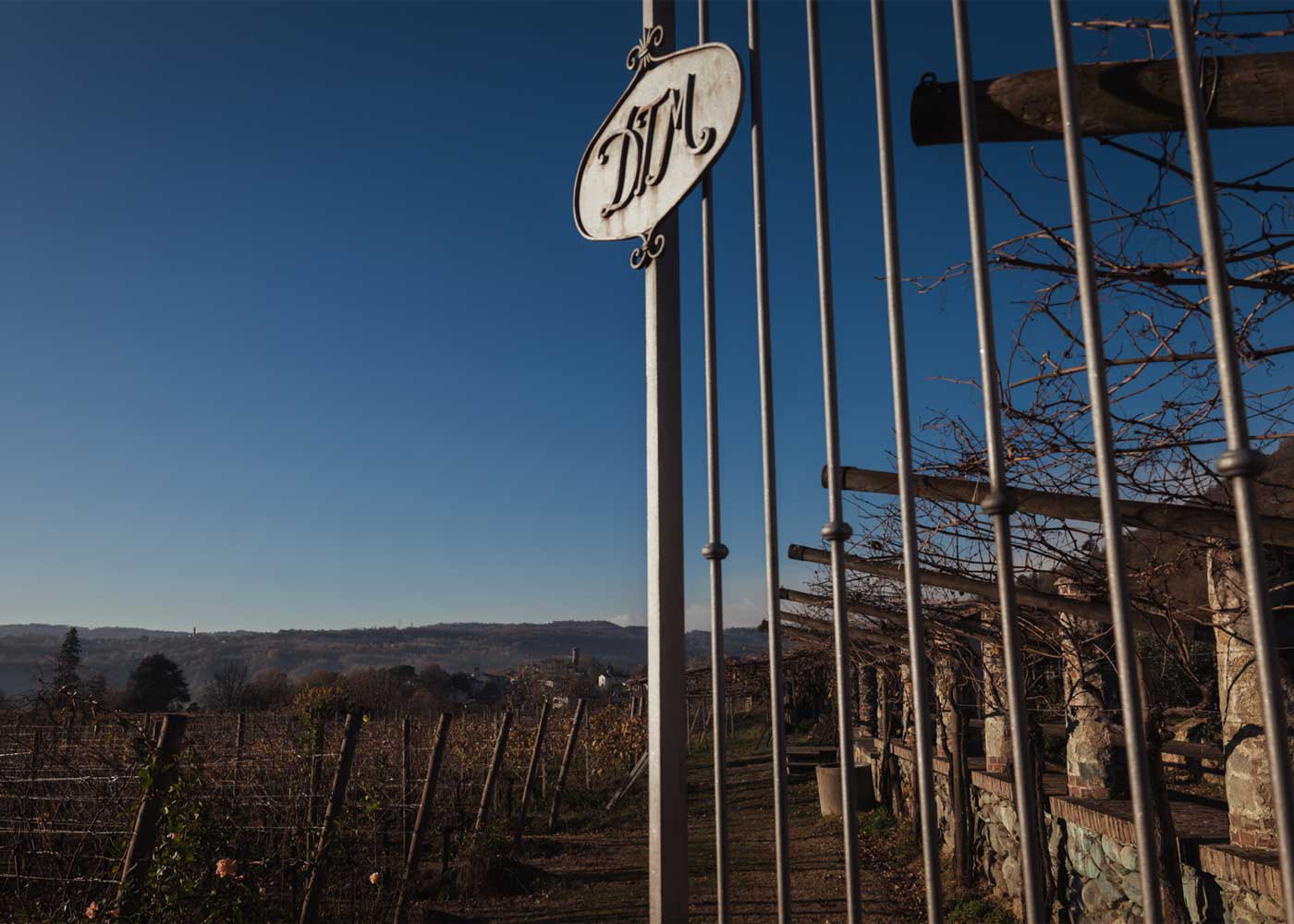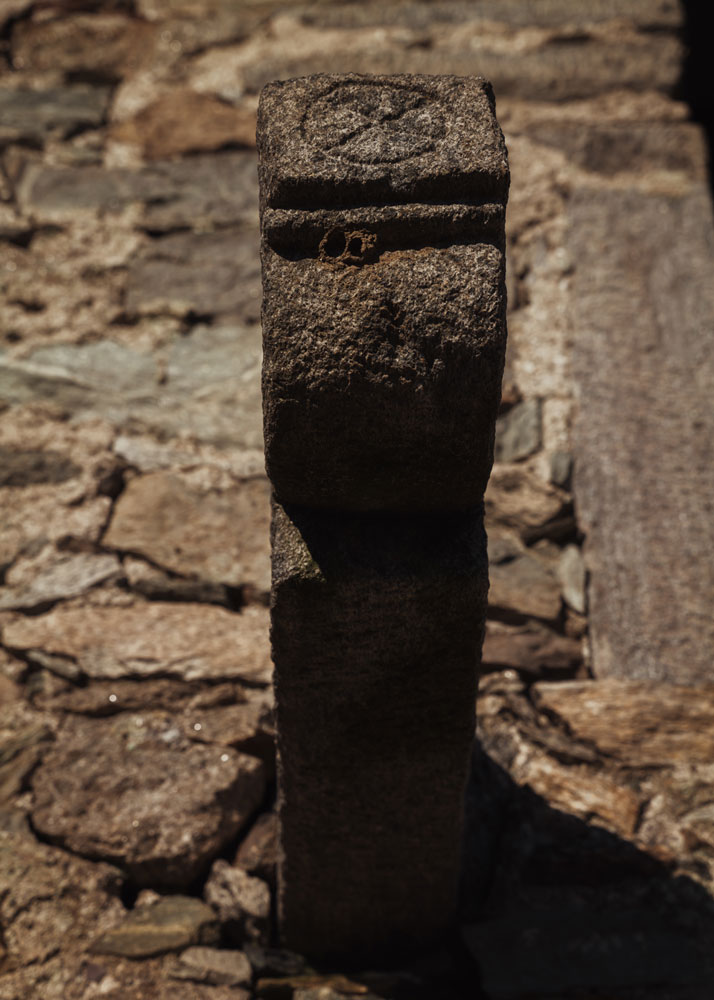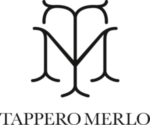tappero merlo
History and Values
“What matters in life is not what happens to you but what you remember and how you remember it”
Gabriel Garcia Marquez


MY ROOTS
Canavese is an important area of Piedmont, located at the bottom of the Aosta Valley, a land of prominent Italians who have made our country great. Here, between 1950 and 1970, a strong wind of innovation inspired and welcomed the world’s avant-garde in electronics, reaching its peak in 1965 with the invention of the world’s first Personal Computer, Olivetti’s legendary P101. It was in this technological humus, steeped in the future, that I lived my first entrepreneurial experience for more than 20 years. I have always been nourished by dreams and have always believed that those who do not love their territory and do not fight for it have no respect for their ancestors, because protecting and preserving what has been passed down for generations is the most extreme and revolutionary act that can be done today. Therefore, helplessly witnessing the abandonment of the vineyards, the collapse of the thousand-year-old terracing, made me feel a strong sense of redemption within me, a motion of unscrupulous pride that pushed me to act and do something. It was 2001 when I decided to embark on a new adventure and return to the land, to those vineyards to which my ancestors devoted themselves for generations. I felt a strong calling. I was looking for new inspiration. I wanted to reset everything to return to my roots to live a new life that would have wine, my grandfather’s wine, at its center and give it the light it had not known before. I longed for our ancient grape variety Erbaluce, to be my traveling companion. I felt the need to resurrect that artisanal knowledge, that creativity that distinguishes us in the world, enhancing the cultural identity of the place, offering something that would leave, to those who passed by, a memory, an emotion. I wanted to practice the viticulture of yesteryear, with those environmentally friendly techniques made of ancient gestures and patient observations, slowing down, seeking simplicity, finding the pleasure of doing things right to leave a memory that tasted good and beautiful. I wanted to tell the stories of my land through wine, transferring to it the character of its people, the roughness of the soils, extracting the flavour of the Alps and of those minerals that the Balteo glacier had eroded from the sides of the mountains of Valle d’Aosta, abandoning them then like sands on the steep hills of the Ivrea Morainic Amphitheater.
MY PHILOSOPHY
I believe that if a person operates with respect for the environment that surrounds him without compromising those relationships and balance that spontaneously exist in nature, he does not need any certification attesting to the goodness of his work.
Loyalty to the land is therefore fundamental to achieve results that bear witness to authenticity and typicality. And this is how the agronomic techniques of the past are applied in a modern key. A continuous research, rediscovery and reworking of what was historically practiced locally paying particular attention to the organic structure of the soils, practicing targeted green manure with legumes, grasses, asteraceae to improve the fertility of very acid soils. Treatments are low impact on the environment, with natural products based on plant extracts of alfalfa, brown algae, beet, aloe vera, yucca, propolis, chestnut, sweet orange essential oil, as well as specific bacteria, yeasts, microelements and foliar biostimulants, cow’s milk and reduced use of copper and sulfur. The development of the typical wild flora and fauna of the area is encouraged to contribute to the natural balance among species. The soils are inhabited by earthworms, beetles, bees, and beetles, each of which contributes to the balance of the vineyard. Organic manure is self-produced by composting in heaps and is combined with mycorrhizae and root biostimulants. We then practice the technique of sexual confusion based on pheromones to counteract the reproduction of the moth, codling moth and baits to catch wasps and hornets. Finally, to obtain grapes ideal for the production of our wine, the rooted cuttings are taken from propagation material taken directly from mother plants of our vineyards, certified sampling fields, and grafted by a trusted nurseryman onto specific rootstocks.

history and values
Viticulture in Canavese
The quality of wine is closely linked to the territory of origin, the climate, the vines used and the talent of man who over time has been able to enhance its characteristics.
Canavese people have always been winemakers, and even before the Romans conquered the Canavese, our ancestors were already cultivating vines, which were already present in the area in the Bronze Age as shown by an archaeological excavation. Toward the end of the fifth century B.C., the transalpine Celts (Salassi and Taurini), crossed the Alps and arrived to Italy attracted by the climate and fertility of the land. They learned from the Etruscans the techniques of vine cultivation and wine production. Their wines were very different from those of today, but storage and ageing in wooden barrels were already in use then. With the fall of the Roman Empire, wine production came to a screeching halt, and it was not until Charlemagne’s reformation that viticulture took off again with a new impetus. Meanwhile, the vines known until then were probably lost. The first Canavese documents about viticulture date back to the 1200s. Over the years, two grape varieties in particular adapted to the Canavese climate and soil: Nebbiolo and Erbaluce. Over the centuries, viticulture in Canavese became increasingly important, and wine long represented the most important item in the Canavese economy, spreading beyond local borders. It was particularly at the end of the 1700s that it reached its greatest expansion, and according to a census commissioned by the Kingdom of Piedmont and Sardinia in 1819, vineyards were as large as 12,500 hectares. In the years of the Risorgimento, of the Unification of Italy, Canavese wines were considered the best wines of Piedmont, and in 1867, the wines of Loranzè Castle were called excellent at the Universal Exhibition in Paris, while those of Caluso were awarded gold medals in Paris and London. Luxury wines were obtained from Erbaluce, which in the great restaurants of Turin cost as much or more than the most renowned French wines of the time to the point that on some wine lists the passito di Caluso was referred as Sauternes di Caluso.
Passito is certainly the most historic version, celebrated for its elegance and would have very ancient origins dating back even to Roman domination. Certainly Erbaluce, with its thick skin, represented the ideal fruit for peasant families to consume during the winter. In February, by crushing the remaining dried grapes, a very sweet nectar with various uses was obtained: tonic and invigorating for the fatigued, a fine liqueur offered to guests, used to celebrate weddings or important family moments. This wine was present in all Canavese households, cared for by the women of the house who with painstaking patience tended small family productions.
Erbaluce is the main white grape of northern Piedmont and finds its land of choice in Canavese and more specifically in the Ivrea Morainic Amphitheater.
The theories that bring Erbaluce to Canavese are diverse, and they have in common the Greek origin in the small island Monemvasia. One of these attributes the vine’s arrival in Canavese to the Roman legions and would find similarities with Fiano from Campania, while according the other hypothesis it came from the Rhone Valley with Charlemagne at the fall of the Roman Empire and would have correspondence with Clairette. The most ampelographically credited hypothesis, also supported by genetic studies, is the one that considers it to be an indigenous grape evolved and adapted over time in the Alpine foothills between Piedmont, Aosta Valley, Savoy and Valais. Indeed, the ampelography of these areas testifies to close kinship between five ancient local grape varieties such as Reze from the Swiss Valais, Blanc de Maurienne from Savoy, Arvine in the Aosta Valley, Nosiola in Trentino and Cascarolo Bianco in Piedmont. It is with the latter grape variety, referred to as “the mother of Erbaluce,” that Erbaluce has the most similarities and a close genetic relationship that would confirm its ancient Alpine and indigenous ancestry. It is, however, the legendary origin of the vine that the people of the Ivrea Morainic Amphitheater believe in, a grape that originated from the weeping of the nymph Albaluce, daughter of the Sun and the Dawn, tears steeped in love for the people of her land.

